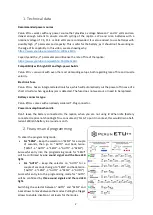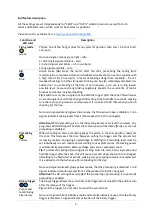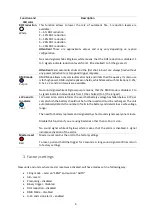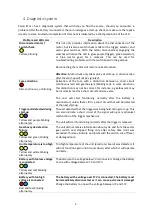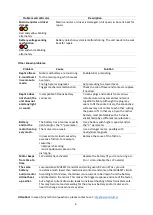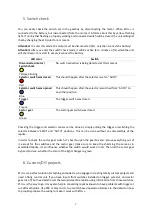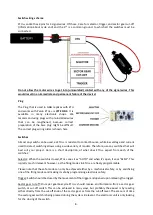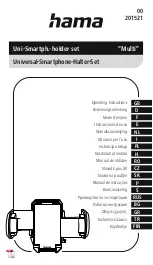
2
1.
Technical data
Recommended power sources
Perun ETU++ works with any power source that provides a voltage between 7 and 17 volts and can
deliver enough current to ensure smooth cycling of the replica. Li-Po and Li-Ion batteries with a
nominal voltage of 7.4, 11.1 or 14.8 volts are recommended. It is also advised to use batteries with
p
ossibly high „C” parameter and
capacity. This is safer for the battery, as it should not be working on
the edge of its capability. In this video, we are showing why:
https://www.youtube.com/watch?v=s8RKcIy810A
Capacity and the
„C” parameter also influence the rate of fire of the replica:
https://www.youtube.com/watch?v=5hO25aPvHcU
Compatibility with high-ROF and high-power builds
Perun ETU++ can work with even the most demanding setups, both regarding rate of fire and muzzle
velocity.
Electronic fuse
Perun ETU++ has an integrated electronic fuse, which will automatically cut the power off in case of a
short circuit or when a gearbox jam is detected. The fuse does not wear out or need to be replaced.
Battery connector type
Perun ETU++ comes with an already soldered T-Plug connector.
Power consumption when idle
Don’t leave the battery connected to the replica, when you are not using it! When idle (battery
connected, replica not shooting) ETU++ consumes 0,75mA. To put it in context, this would drain a half-
laden 1200mAh battery in around a month.
2.
Features and programming
To enter the programming mode:
•
F
or “SEMI”
–
keep the selector on “SEMI” for a couple
of seconds, then go to “AUTO” and back, twice
.
(
“SEMI” →
“AUTO” →
“SEMI” →
“AUTO” →
“SEMI”
)
Successful entry into the programming mode
for “SEMI”
will be confirmed by
one sound signal and the blue LED
light.
•
Fo
r “AUTO”
–
keep the selector on “AUTO” for a
couple of seconds, then go to “SEMI” and back, twice
.
(
“AUTO” →
“SEMI” →
“AUTO” →
“SEMI” →
“AUTO”
)
Successful entry into the programming mode
for “AUTO”
will be confirmed by
three sound signals and the red LED
light.
Switching the selector
between “AUTO” and “SEMI” and
back allows to move between the modes. Pulling the trigger
allows to enable, disable, or set levels for the modes.


